Description
Title: The Wonderful World of Pectin: A Natural Thickener and Gelling Agent
Introduction
Pectin is a versatile and fascinating natural substance that has been used in the culinary world for centuries. It is a complex carbohydrate found in the cell walls of plants, particularly in fruits such as apples, oranges, and berries. Pectin is commonly used as a thickener and gelling agent in jams, jellies, and other preserved foods, but its applications extend far beyond the kitchen. This article will delve into the fascinating world of pectin, exploring its properties, uses, and benefits.
The Science Behind Pectin
Pectin is a type of polysaccharide, a long chain of sugar molecules, that is responsible for providing structure and stability to plant cells. It is composed mainly of galacturonic acid, a derivative of glucose, and is often found in the middle lamella, the region where the cell walls of two adjacent plant cells meet. When fruit is ripe, the pectin in its cell walls begins to break down, causing the fruit to soften and release its juices.
In the culinary world, pectin is often used to create gels and thickened liquids. This is due to its ability to form helical structures when combined with sugar and acid. These helices can then bind together, creating a three-dimensional network that traps water and other molecules, resulting in a gel-like substance. The concentration of pectin, sugar, and acid in a mixture determines the strength and texture of the resulting gel.
Uses of Pectin
Pectin is most commonly associated with jams, jellies, and other preserved fruits. By adding pectin to fruit purees or juices, it is possible to create a thick, spreadable mixture that will hold its shape. Pectin is also used in the production of confectionery, such as gummy candies and fruit pastes, where it provides structure and texture.
Beyond the culinary world, pectin has a variety of other uses. In the pharmaceutical industry, pectin is used as a stabilizer and thickener in a range of products, including oral suspensions and suppositories. It is also used in the food industry as a fat replacer in low-fat and reduced-calorie products.
Pectin is also being researched for its potential health benefits. Some studies suggest that pectin may help to lower cholesterol levels, reduce the risk of colon cancer, and support weight management. While more research is needed to confirm these potential benefits, pectin is already recognized as a safe and natural ingredient with a wide range of applications.
Sources of Pectin
Pectin is found in various fruits, with apples and citrus fruits being the most abundant sources. Apple pectin is often extracted from the pulp and skin of apples and is available in powdered or liquid form. Citrus pectin is typically derived from the peels of citrus fruits and is also available in powdered or liquid form.
Commercial pectin is often produced from apple pomace, a byproduct of the juice industry. This waste material is rich in pectin and can be processed to create a high-quality pectin that is suitable for use in a wide range of applications.
Choosing the Right Pectin
When selecting a pectin for a specific application, it is essential to consider the desired texture and the ingredients being used. High-methoxyl (HM) pectins, which contain more than 50% methyl esters, are typically used in recipes with high sugar content, such as jams and jellies. Low-methoxyl (LM) pectins, which contain less than 50% methyl esters, are better suited for recipes with lower sugar content, such as fruit sauces and fillings.
It is also important to follow the manufacturer’s instructions when using pectin, as the required proportions of pectin, sugar, and acid can vary depending on the specific product and application.
Conclusion
Pectin is a remarkable natural substance with a wide range of applications in the culinary, pharmaceutical, and food industries. Its ability to form gels and thickened liquids has made it an invaluable tool in the preservation of fruits and the creation of confectionery and other products. Furthermore, research into the potential health benefits of pectin is ongoing, and it may one day be recognized not only for its culinary and industrial uses but also for its role in supporting overall health and well-being. Whether you are a home cook, a professional chef, or an industry professional, understanding the properties and uses of pectin can open up a world of possibilities for creativity and innovation.

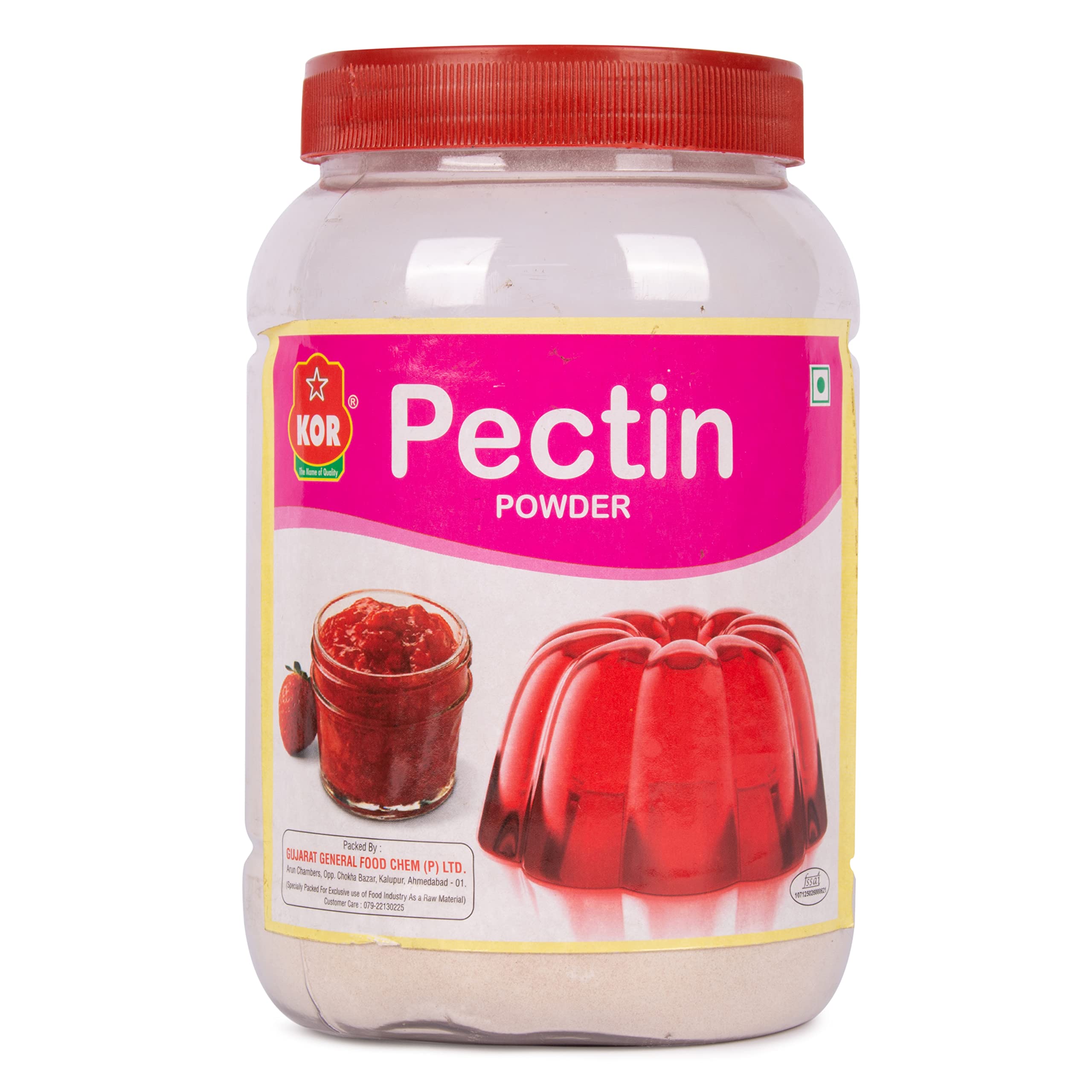
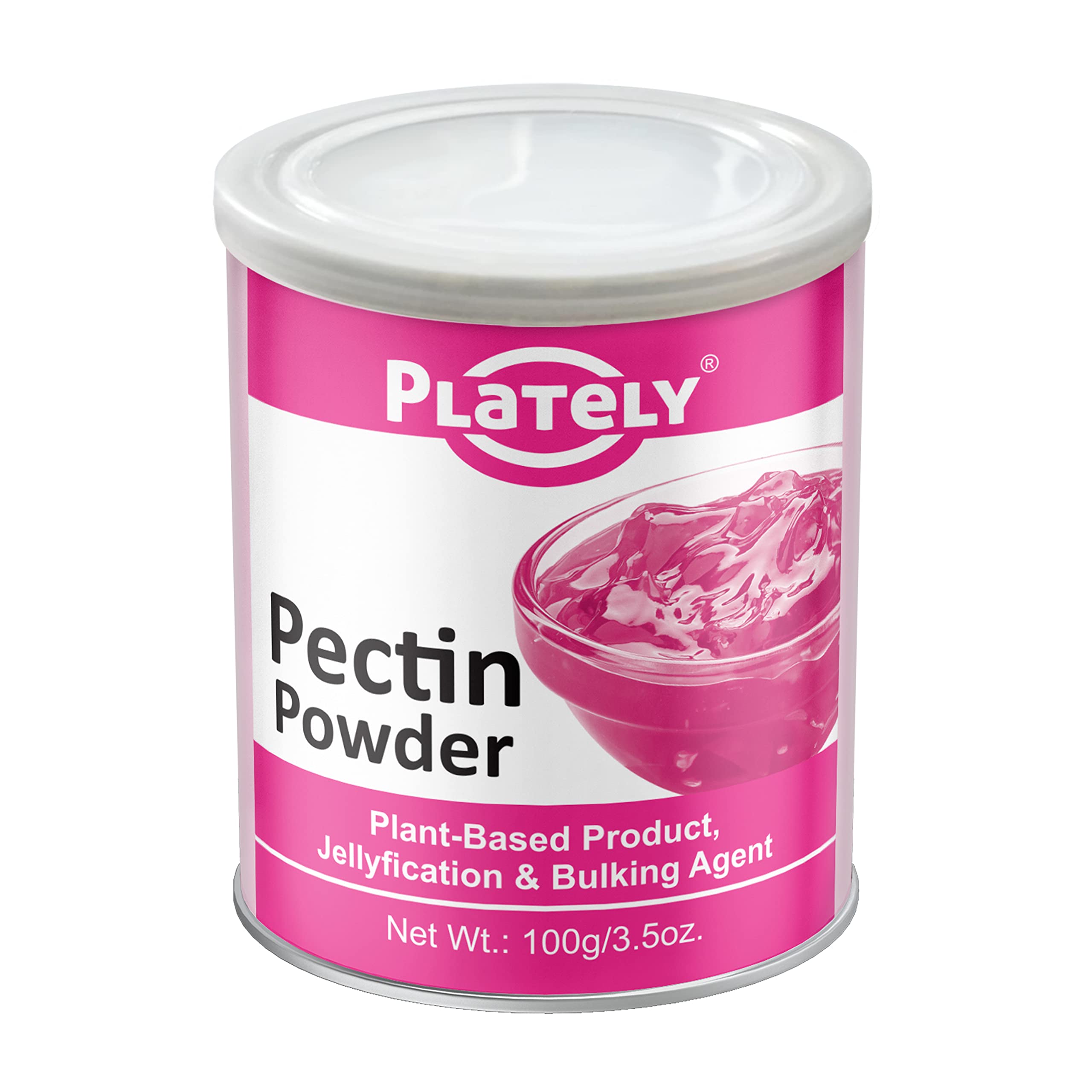
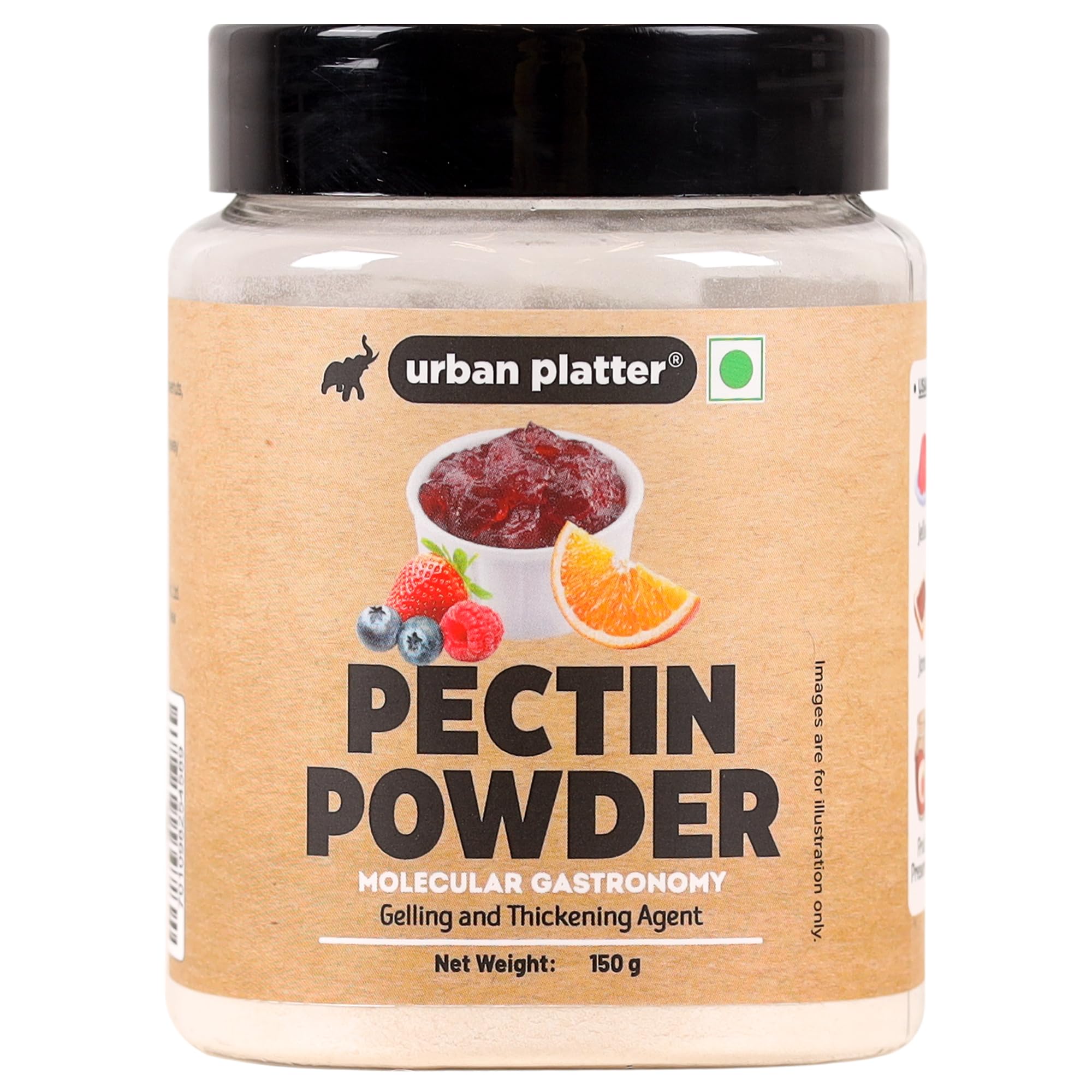
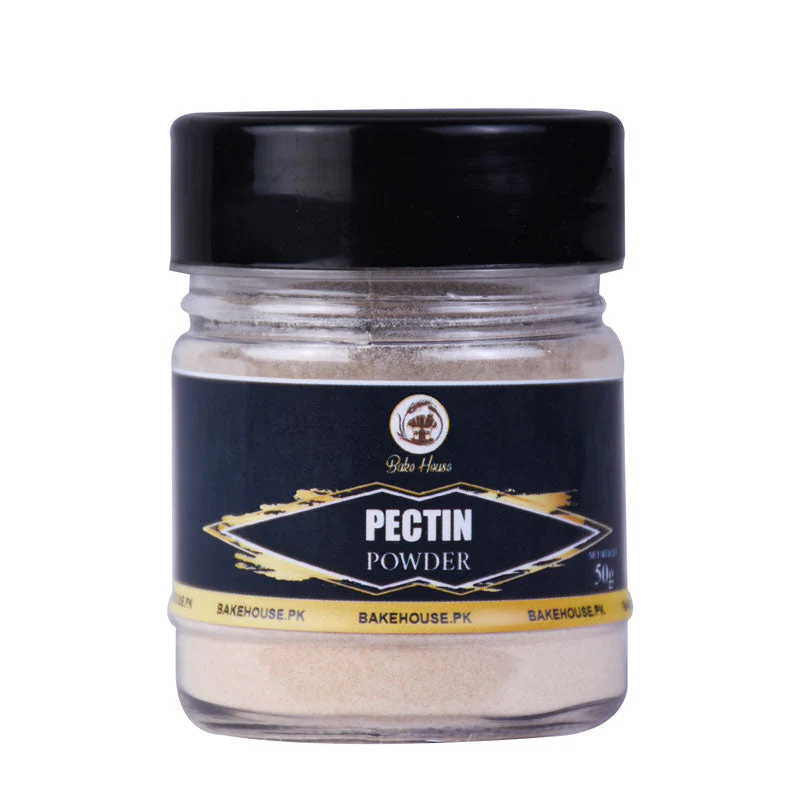
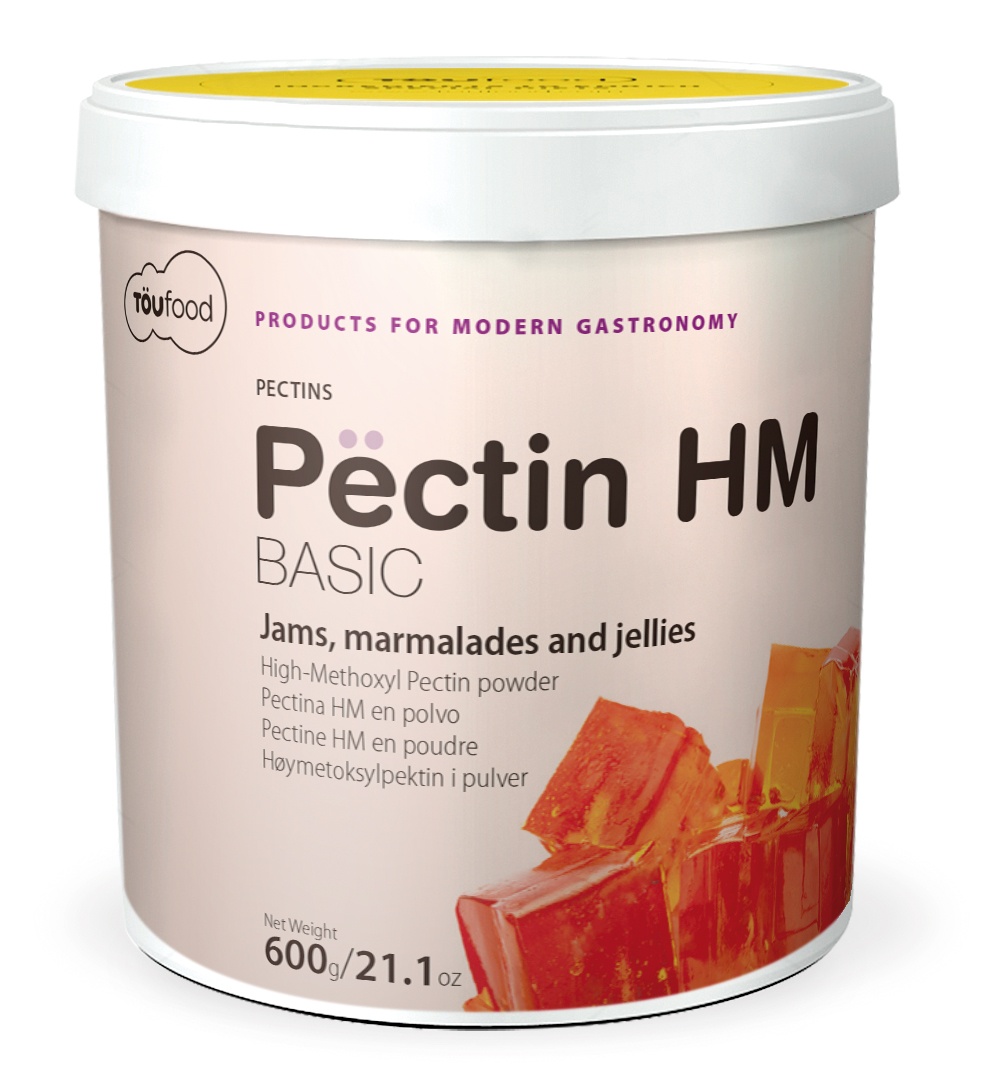
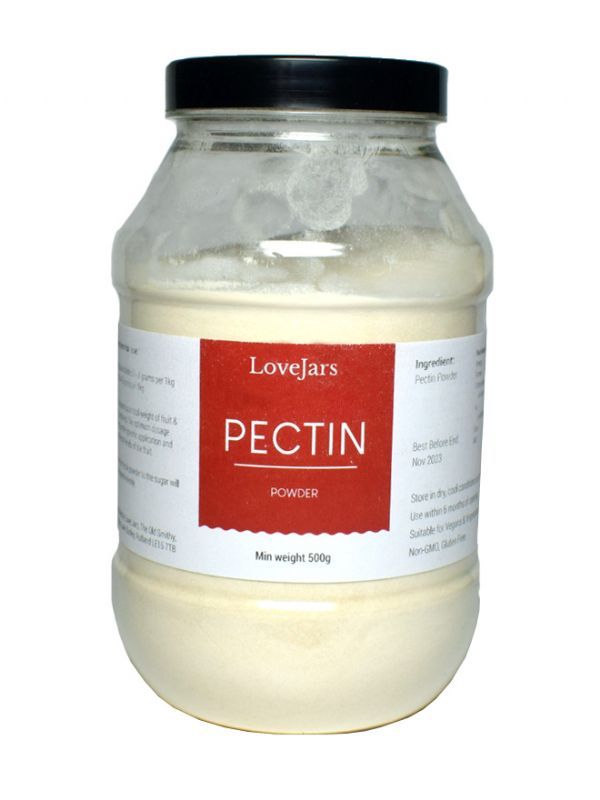
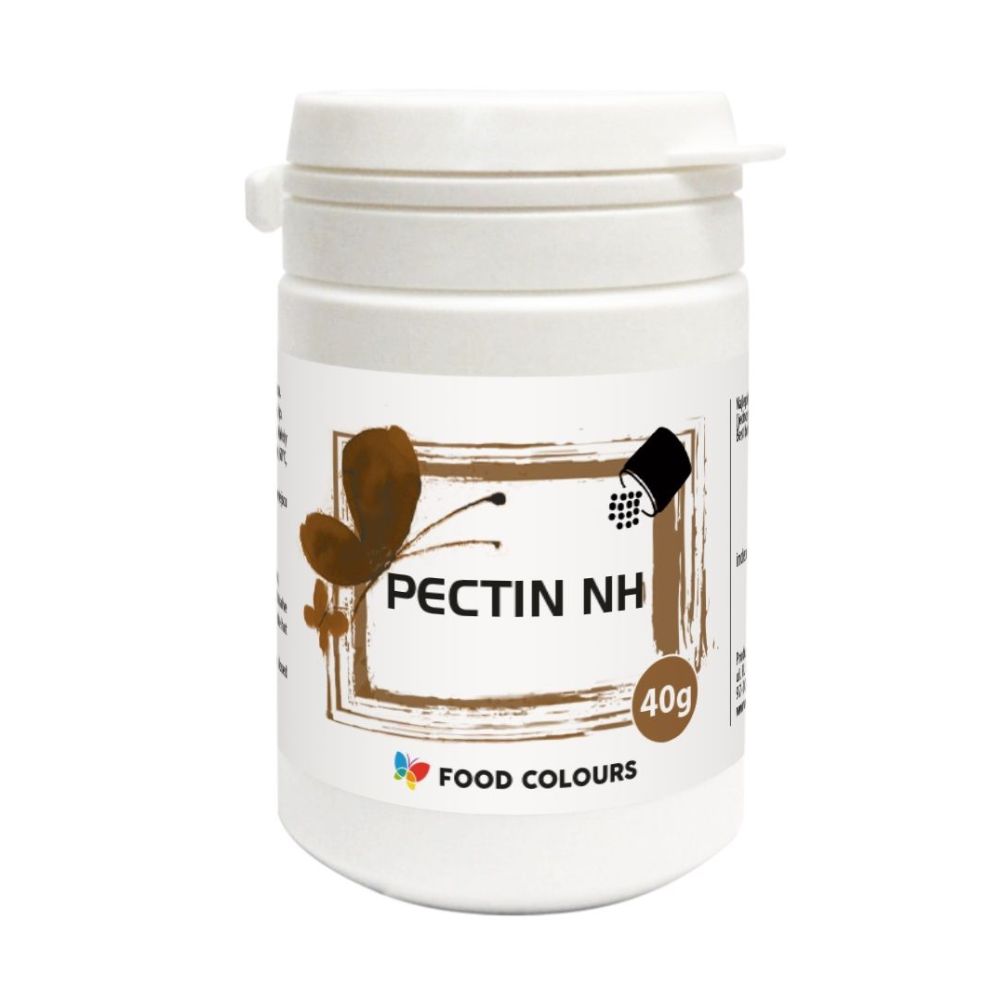
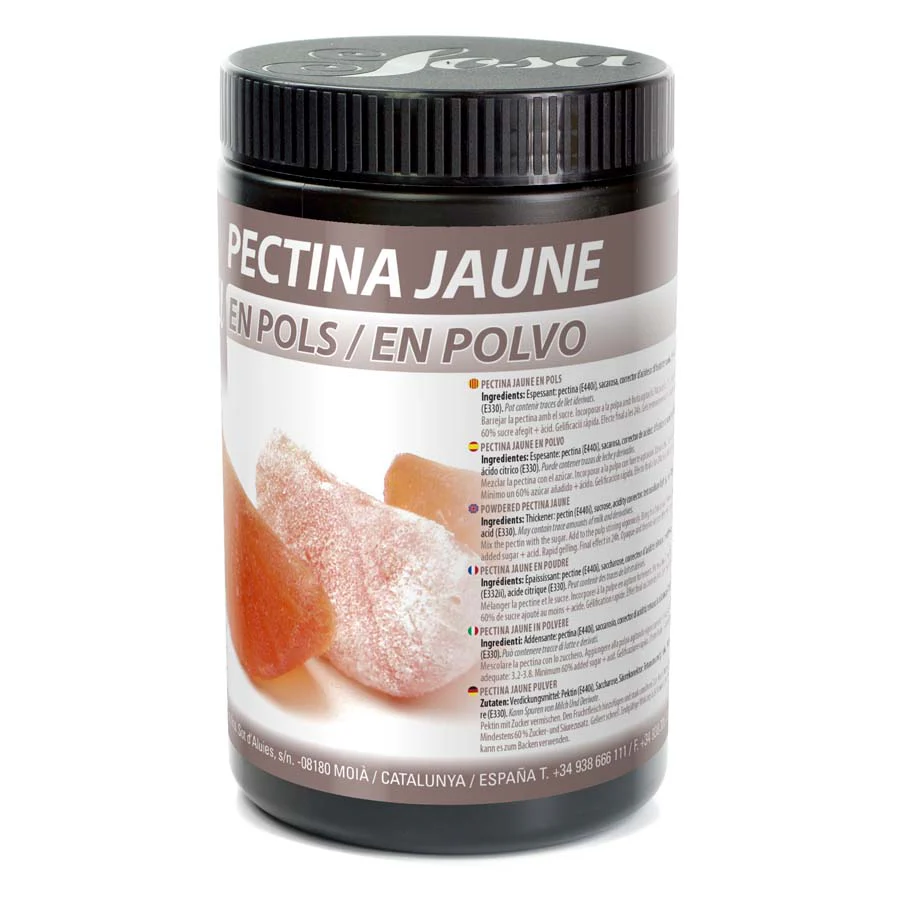

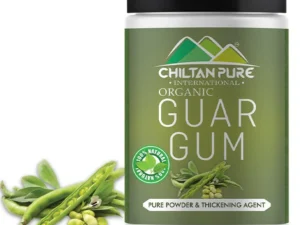


Reviews
There are no reviews yet.